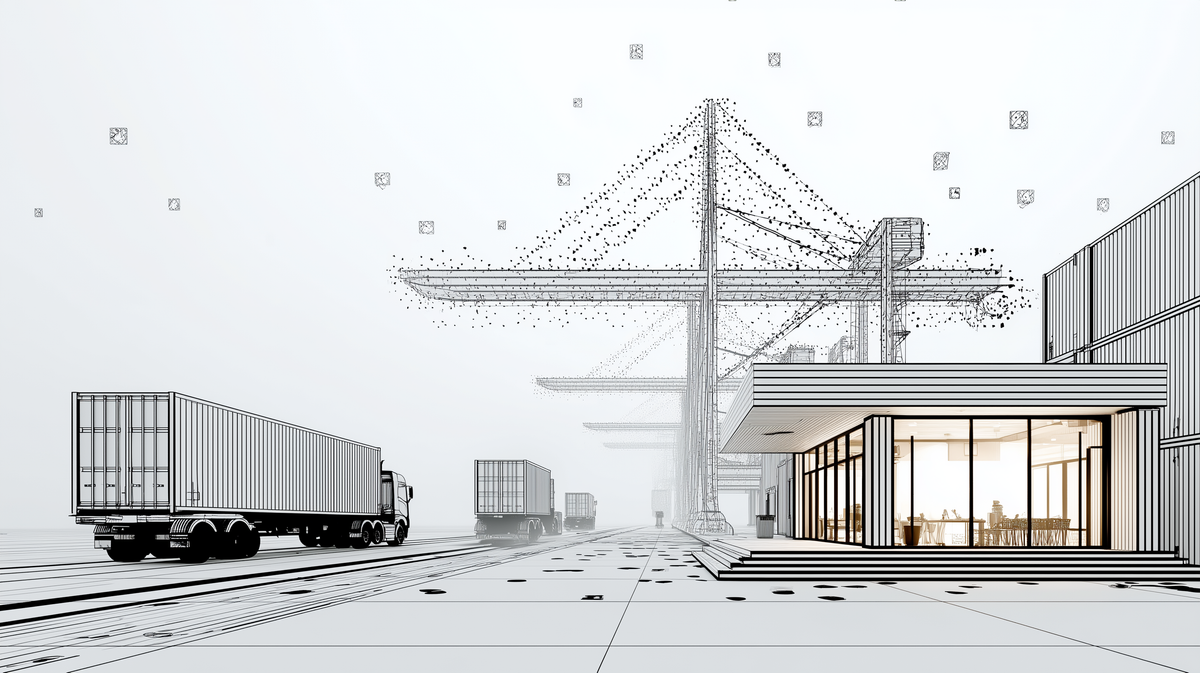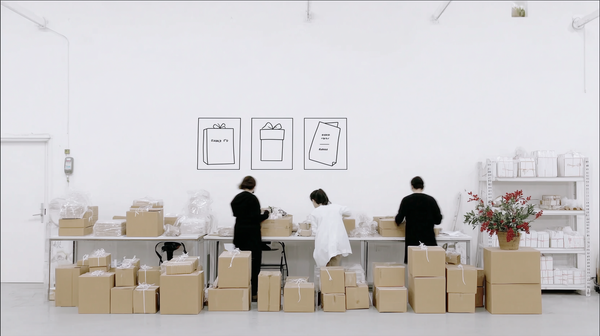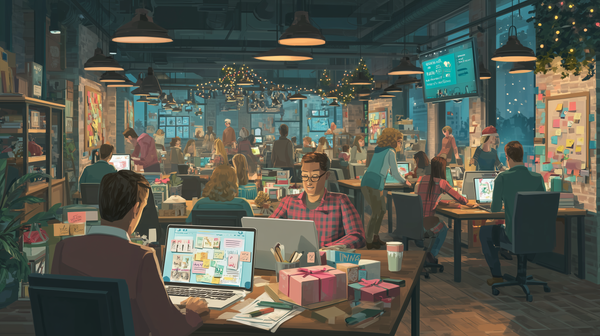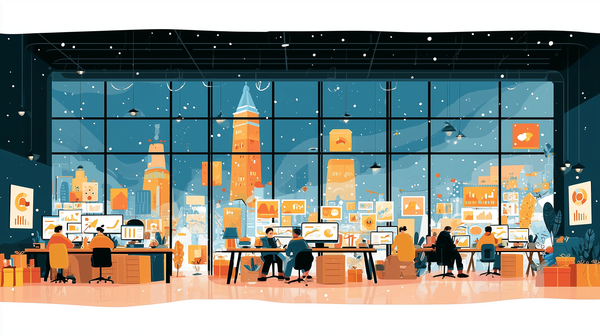Summer Standoff: Tariffs Are Coming Back—Is Your Supply Chain Ready?

On July 7, President Trump extended the “Liberation Day” tariff pause to August 1, 2025, giving DTC brands a 25-day grace period to brace for impact (Reuters). If negotiations with trade partners stall, the U.S. will reinstate a 10% tariff on all imports—plus country-specific surcharges up to 70% on categories like apparel, electronics, and raw materials (Clearco; Thomasnet).
For DTC operators? It’s a logistical and margin nightmare.
“We’re gambling every single day,” said Denise De Baun, CEO of Helight. “If tariffs kick in overnight, we’re either hiking prices or eating losses” (Modern Retail).
And that gamble’s not theoretical. The U.S. average tariff level has already ballooned from ~2% to over 20%—the highest in 100 years (McKinsey). With over 80% of eCommerce leaders citing tariffs as a top 2025 concern, this isn’t a policy footnote—it’s a full-blown operational crisis (Clearco).
What Tariffs Will Do to Your Margins
Let’s get into the math.
| Example | Pre-Tariff Cost | Post-Tariff (Est. 10–45%) |
|---|---|---|
| Imported gadget (from China) | $80 | $115 |
| Apparel unit COGS (from Vietnam) | $12 | $16–18 |
| Ocean freight + customs | $4,500 per container | $5,200+ with surcharges |
Sources: Octane AI, Clearco, Born Techies
The upcoming tariff structure stacks like this:
- 10% base duty on all imported goods
- +34% for Chinese imports, +46% for Vietnam
- Freight brokers and 3PLs piling on “adjustment fees” (Clearco)
Even if your product’s final assembly is U.S.-based, chances are you're importing key parts—zippers, bottles, packaging, raw inputs—all of which are now fair game.
Categories likely to get hit hardest:
- Textiles & apparel
- Footwear
- Electronics
- Supplements and cosmetics
- Packaging and plastics
“We paid 30% more than planned on our last inventory run,” De Baun added. “And we’re not even through the worst of it” (Modern Retail).
The National Retail Federation projects these tariffs could shave off $46–78 billion in U.S. consumer spending annually (Octane AI). That’s a double whammy: cost hikes + weaker demand. And don’t think you can just pass those costs downstream. A recent survey found 60% of consumers would abandon purchases if prices rose more than 10% (BusinessWire).
What Smart Operators Are Doing Right Now
If you’re waiting to see what happens on August 1, you’re already behind.
The most agile brands are:
- Front-loading inventory: pulling forward Q3–Q4 orders to clear customs by July 31
- Switching to air or express shipping: expensive, but cheaper than a 30% tariff
- Renegotiating payment terms with suppliers: extending net terms to 60 or 90 days to manage cash flow
- De-risking product mix: prioritizing domestic or low-duty SKUs, shelving launches that rely on vulnerable imports
“We doubled our fall buys just to get ahead of tariffs,” said one DTC apparel CEO during a founder Slack roundtable. “Yes, cash is tighter, but stockouts at tariffed prices would be worse.”
Some are even tweaking their marketing. One home goods brand is repositioning U.S.-made SKUs as premium and nudging imported collections into soft retirement until clarity returns.
Others are getting scrappy with compliance:
- Reclassifying HS codes
- Testing bonded warehousing
- Exploring duty drawbacks
- Minimizing shipment sizes to qualify for Section 321 “de minimis” exemptions
None of this is plug-and-play—but for 7- to 8-figure Shopify brands, every percentage point of duty you shave off is worth thousands (Octane AI)
Diversification Is No Longer Optional
Brands that hedged after the 2018–2019 trade wars are in a better position. But many are still overly dependent on one region—especially China.
The go-to play now: China +1 sourcing. That might mean adding production in:
- Vietnam
- India
- Sri Lanka
- Mexico or Central America (for nearshoring)
“Eventually, we hope to have only half our stuff coming from China,” said Bogg Bag founder Kim Vaccarella, who now produces 30% of her volume in Vietnam (Modern Retail).
Others are going further. Chuck Gregorich of Net Health Shops has shifted 40% of sourcing to Vietnam and is testing partners in India—aiming for a 50/50 split (Modern Retail).
One DTC apparel brand reduced freight costs by 40% by moving production from China to Mexico (Born Techies). Mexico also benefits from tariff-exempt status under USMCA—another plus.
Still, diversification isn’t painless:
- Higher unit costs
- Longer lead times
- Factory vetting overhead
- Tariffs on the “+1” country (Vietnam is still facing a proposed 20% duty)
But the trend is clear: supply chain resilience is now a competitive advantage. Brands that move fast to build redundancy will weather policy volatility better—and gain leverage when others are scrambling.
Price Carefully—or Pay in LTV
Pricing is where things get messier. Do you pass on costs, eat them, or a little of both?
Some lessons:
- Helight raised prices by 14% this spring—and saw a 40% drop in conversions within two weeks, especially on Amazon (Modern Retail).
- Bogg Bag raised prices twice by $5—then paused hikes when the tariff extension was announced (Modern Retail).
What’s working:
- Selective increases on specific SKUs
- Bundling to raise AOV without sticker shock
- Limited-time “tariff-free” promos to encourage early purchases
- Subscription plays: locking in recurring revenue while delaying price hikes
And while it’s tempting to tack on a “tariff surcharge” at checkout, tread carefully. Unless it’s transparently explained and framed as temporary, it’ll feel like a fee—not a solution.
“Offer subscriptions to lock in recurring revenue,” advises the Octane AI team. “It gives you margin consistency and helps soften future price bumps” (Octane AI).
Brands are also leaning harder into retention. Loyalty perks, early access, and customer education campaigns are all being used to soften the blow of price changes—and remind customers why the brand is still worth it.
Consumers Are Jittery, Too
The tariff whiplash isn’t just affecting brands—it’s reshaping consumer behavior.
- 70% of Americans say they’ll cut spending if prices go up due to tariffs
- 68% will delay or skip electronics purchases, 61% for apparel, 51% for home goods
- 58% of Gen Z are pre-buying big-ticket items now, anticipating price hikes (BusinessWire).
In short: the July sales bump might be followed by a Q3 demand cliff.
Shoppers are also trading down. More than 20% of consumers say they’ve already swapped to lower-cost alternatives in the past 60 days (Clearco).
DTC brands that offer tiered SKUs, thoughtful bundles, or perceived-value plays will be better positioned to retain those trade-down dollars. If you don’t have a “good-better-best” ladder, this is your signal to build one.
And don’t underestimate messaging. The same BusinessWire survey found that most shoppers are open to price increases—if they’re clearly explained.
The Bottom Line
Tariffs aren’t just a policy issue—they’re an eCommerce strategy crisis. One that tests:
- Your inventory planning
- Your supply chain flexibility
- Your pricing instincts
- Your customer loyalty
“The most resilient brands are moving quickly,” said Clearco, noting a rush of mid-size DTCs updating freight strategies and diversifying sourcing before August 1 (Clearco).
This moment will separate the brands that can move fast from the ones that can’t. If your team is still hoping for a political reprieve, you’re betting the business on a news cycle.
A better move: run toward resilience. Lock in subscribers. Shift your sourcing. Over communicate value. Optimize pricing without losing your base.
The operators who treat tariffs not as a glitch—but as the new cost of playing in global eCommerce—will be the ones still standing in Q4.
Subscribe for weekly DTC insights.




